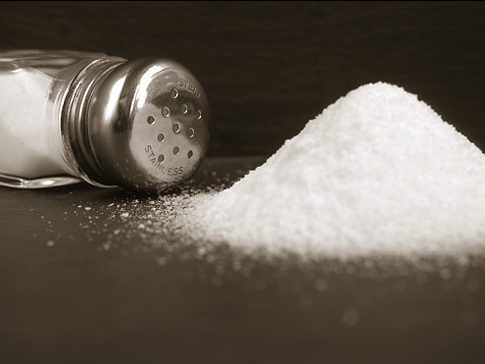
A recent paper in Lab on a Chip describes using a DVD player as a diagnostic tool. The researchers convert the optical drive into a laser scanning device that can count the number of CD4+ cells. From Phys Org:
Aman Russom, senior lecturer at the School of Biotechnology at KTH Royal Institute of Technology in Stockholm, says that his research team converted a commercial DVD drive into a laser scanning microscope that can analyse blood and perform cellular imaging with one-micrometre resolution. The breakthrough creates the possibility of an inexpensive and simple-to-use tool that could have far-reaching benefits in health care in the developing world.“With an ordinary DVD player, we have created a cheap analytical tool for DNA, RNA, proteins and even entire cells,” says Russom. The so-called “Lab-on-DVD” technology makes it possible to complete an HIV test in just a few minutes, he says.In a proof of concept demonstration, the researchers collected cell-type CD4 + from blood and visualized it using the DVD reader technology. Enumeration of these cells using flow cytometry is now standard in HIV testing, but the practice has been limited in developing countries.

